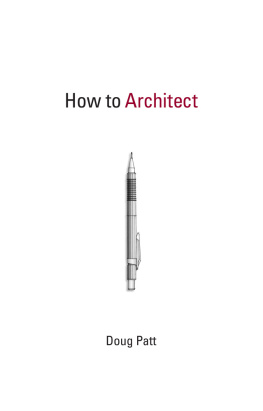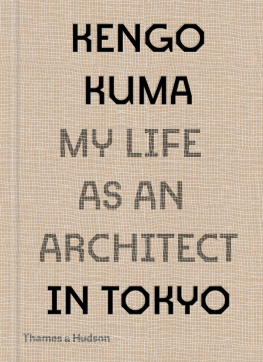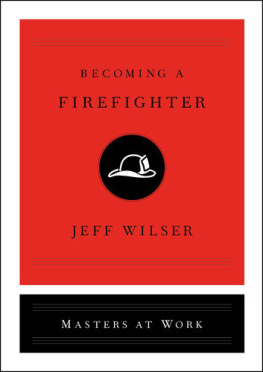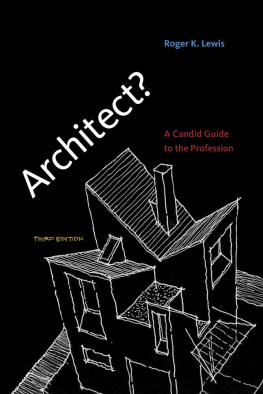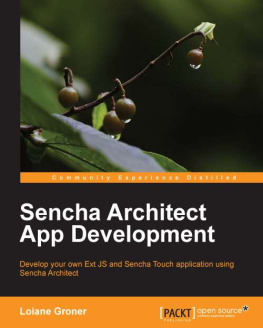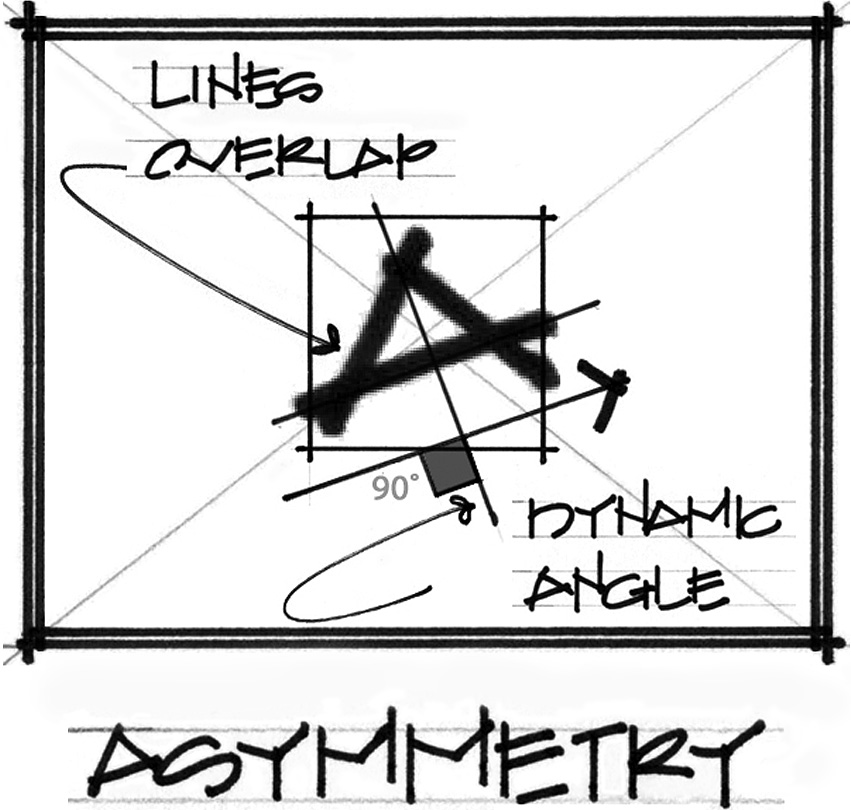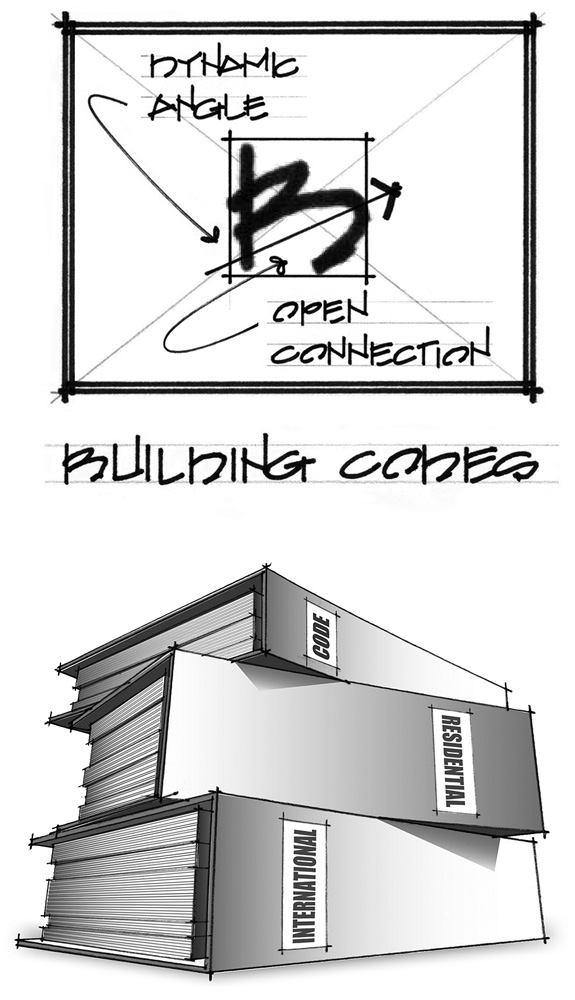How to Architect
How to Architect
Doug Patt
The MIT Press
Cambridge, Massachusetts
London, England
2012 Massachusetts Institute of Technology
All rights reserved. No part of this book may be reproduced in any form by any electronic or mechanical means (including photocopying, recording, or information storage and retrieval) without permission in writing from the publisher.
For information about special quantity discounts, please email .
Library of Congress Cataloging-in-Publication Data
Patt, Doug, 1968
How to architect / Doug Patt.
p. cm.
Includes bibliographical references and index.
ISBN 978-0-262-51699-0 (pbk. : alk. paper)
ISBN 978-0-262-30100-8 (retail e-book)
1. Architecture. I. Title.
NA2550.P38 2012
720dc23
2011024384
10 9 8 7 6 5 4 3 2 1
d_r1
Thanks Morty
Preface
The word architect is a noun, but I like to use it as a verb. This misuse has kicked off some lively discussions about architecture and language, and the effect of using parts of speech and parts of buildings in different ways than were intended. Buildings are like sentences. They have a structure. They follow rules. But when you break the rules, it doesnt always mean that youve ruined the place, or the expression. Changing the function of a word, or room, can also produce surprise and meaning. Exceptions can produce inflections, and misuse can lead to invention.
This book is about how to architect. You can think of it as a starter booka place to begin. It grew out of the videos I create and post on the Internet at YouTube and howtoarchitect.com. If you are thinking of going to school to become an architect, or considered it once but changed your mindor if you simply have a street interest in buildingsthis book wont hurt you. Take it for what it is: first letters, not final words. If you are a practicing architect, it may remind you of some of the things that drew you to the profession before you were licensed, and how much smarter you are now than then. If you are like me, you have probably asked yourself at one time or another: what is architecture? and what is an architect? This book addresses those questions in simple, AZ terms.
Im a big fan of hand drawing and lettering, so I introduce each entry with a hand-drawn letter. Beneath each letter is a brief discussion of the highlighted term in relation to the practice of architecture, or an attempt to show why the particular thing or idea Im presenting might belong in the architects lexicon. Like most architects, I prefer pictures to words, and Im a lot more secure drawing than writing, so I make use of drawings to reinforce some points, and I include photographs and computer-generated images for the same reason.
Ive found over the years that a big complaint from high school students and their parents is that guidance counselors are generally not equipped to discuss the profession of architecture with students, or to give much guidance to students who want to become architects. I also meet many people, well beyond their college years, who either worry about the fact that their children want to become architects or think that architecture is a dispensable profession. This book is meant to give encouragement to aspiring architects, but it also acknowledges that the opposite urge exists: the urge to deny the young their architectural wish. For as much as we are fascinated by architecture, our culture also has a tendency to suppress architectural fantasy and desireto marginalize architecture and those who practice it as superfluous. Against those who would say build, but do not use an architect, this book is a defiant verb. Architect!
A is for Asymmetry
Asymmetry is the opposite of symmetry. A mirror provides a symmetrical reflection whereby the surface of the mirror is the axis through which space is divided. When an object is divided by an axis and the sides dont match, the object is asymmetrical. Our bodies appear symmetrical, but they are not. One foot may be larger than the other, one leg longer than the other, or an eye or eyebrow not quite the same shape as its opposite. An automobile appears symmetrical from the outside, but the interior is not. So too with our brains. While they appear symmetrical on the outside, the role of each hemisphere is different. Weve all heard of people being left-brained (analytic) or right-brained (creative). Likewise with buildings. Chartres cathedral only appears symmetrical. The cathedrals towers fall symmetrically on the facade but are clearly different. However, asymmetry is more common in modern and contemporary architecture. Buildings by Gerrit Rietveld, Le Corbusier, and more recently Frank Gehry, Zaha Hadid, or Rem Koolhaas make little attempt to be symmetrical. Buildings dont have to be symmetrical to be functional or beautiful.
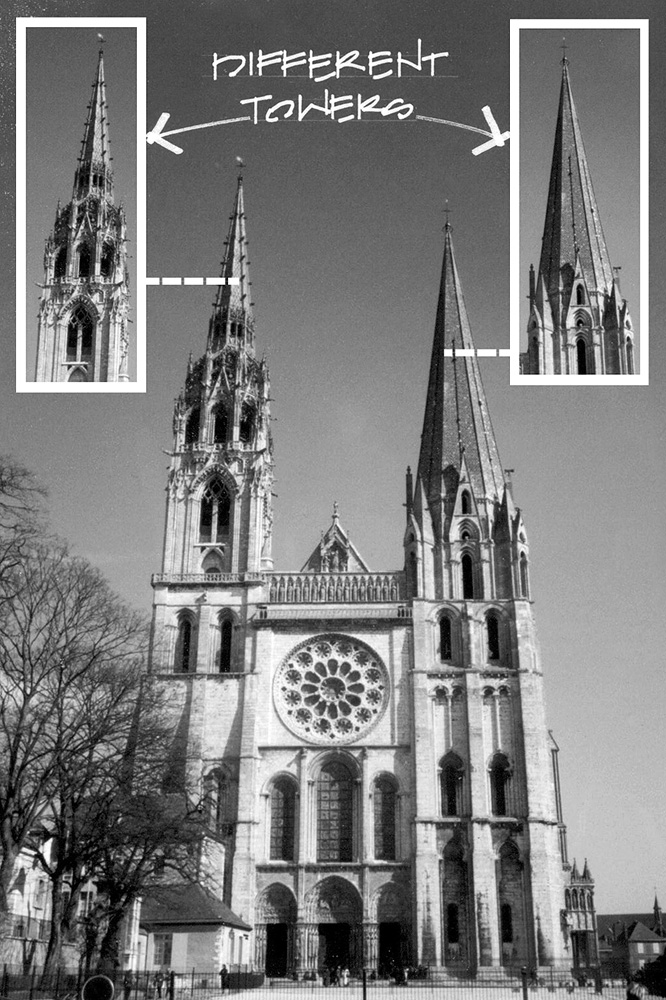
Two different towers on an otherwise symmetrical facade of the Gothic cathedral in Chartres, France.
The opposite of asymmetry is symmetry. When a hand is held to the surface of a mirror, its corresponding or symmetrical image is producedequal and opposite. Symmetry has been an integral part of design for thousands of years and a telltale sign that the building has a statement to make. The pyramids in Egypt, many soaring cathedrals of the world, the Taj Mahal, great classical works, the temples of Asia and ancient Rome and Greece, as well as many of the great cities of the world are clear examples of symmetry. We find symmetry in the work of some of the great modern and contemporary architects like Frank Lloyd Wright, Mies van der Rohe, Louis Kahn, Philip Johnson, Eero Saarinen, and more recently Santiago Calatrava.
Symmetry is an integral part of creating something beautiful. Interestingly, while many things in nature appear symmetrical, closer inspection reveals asymmetry (the human form is just one example). Perhaps this is why the ideal of symmetry remains such an important pursuit in the creation of beautiful objects. We want objects that we create to be similar to the symmetrical objects we seem to be. The architect uses both symmetry and asymmetry as tools for design, often blending them within a single work.
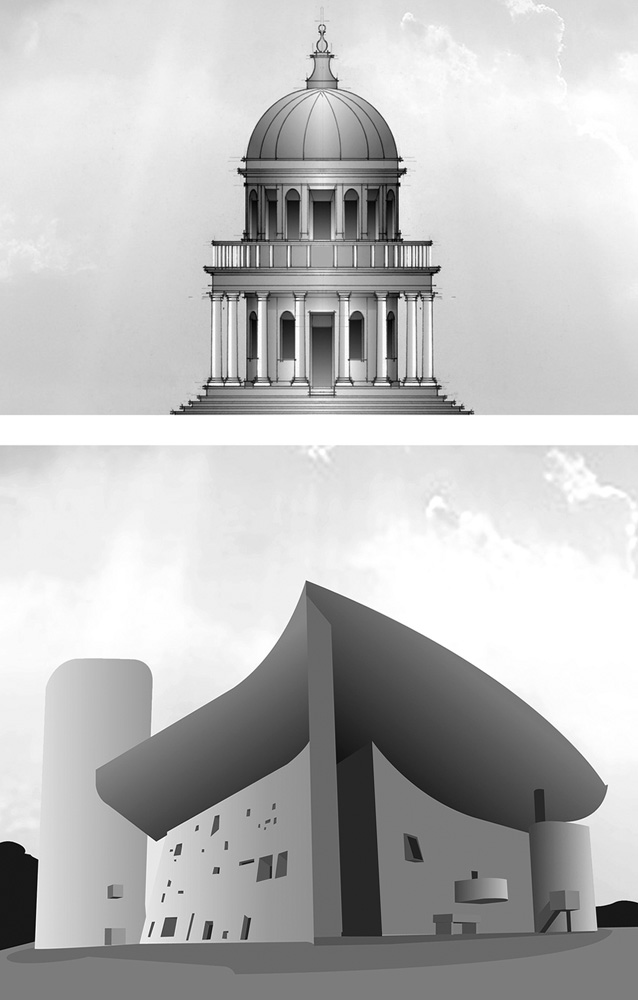
Top: Elevation of the Tempietto designed by Donato Bramante in Rome. This building is symmetrical. Bottom: Perspective of Notre Dame du Haut in Ronchamp, France. The architect Le Corbusier designed this very modern church. This building is asymmetrical. Look at the central vertical axis running through both buildings. Corresponding sides of the Tempietto are mirror images, while the corresponding sides of Notre Dame du Haut are not.
B is for Building Codes
Bob Dylan sang that everyone gotta serve somebody. That is, everyone has someone to answer to. Whether its a boss on a factory floor or a board of directors, there are always rules to follow. Building codes, zoning ordinances, the Americans with Disabilities Act (ADA), and homeowners association bylaws are rules for architects. Building codes set allowable standards of safety for buildings. They were created for the health, safety, and welfare of the public. Building codes differ across the United States and the world depending on local, state, and federal jurisdictions. Zoning ordinances dictate how a piece of property can be used, building size, accessory structures, and so on. These mandates vary widely in terms of geographic location and enforcement. ADA is a law that went into effect across the United States in 1990. For the architect, it provides rules about design and construction that ensure buildings accommodate the disabled. Finally, bylaws are rules created by local groups or associations (e.g., of homeowners). There is also a nonmandatory building standard for green building design called LEED (Leadership in Energy and Environmental Design). These rules were developed to affect a buildings environmental, economic, and social impact.

